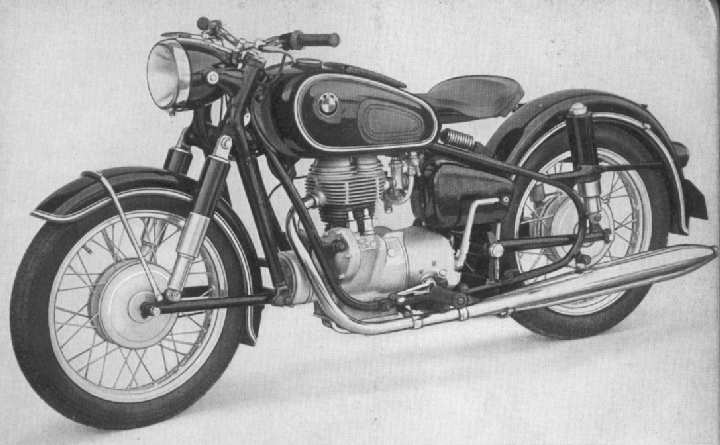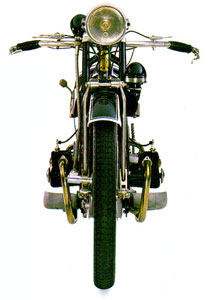Sunday, September 16, 2012
Saturday, September 15, 2012
BMW R12

BMW R12
This mid-30s BMW,
despite being 80 years old, has earned an enviable reputation for its
capabilities as a touring machine and is still more than capable of
covering vast mileages, just as its maker intended when it was
originally produced
The BMW R26 Motorcycle - 1955

Photo: BMW R26 Instruction Manual (1955) The R26 was the followon to the R24 (1949), BMW's first postwar motorcycle. R26 Specifications: Single cylinder, 245cc, 15 horsepower, 4-stroke, overhead valves. Bing 1/25/46 throttle slide curburetor. 4-speed gear box, positive-stop foot control. Front and rear internal shoe brakes. Curb weight: 158 Kg. Maximum load: 167 Kg. Maximum speed, single passenger: about 128 Km/h. Fuel consumption: 3.5 liters / 100 Km at 90 Km/h (70 mpg at 55 mph). Acceleration: 0-60 in about an hour.
A 1923-1926 R32 The First BMW Motorcycle
Subscribe to:
Posts (Atom)




